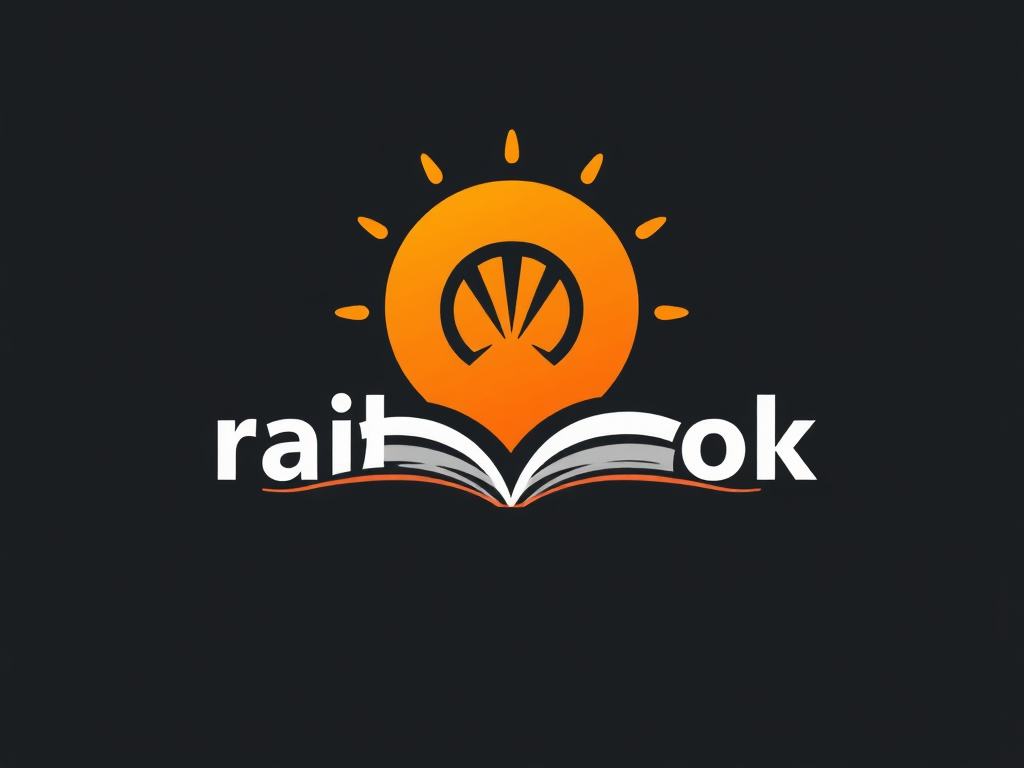Unlocking your full potential as a service professional depends on effective training tools that sharpen skills and boost confidence. A powerful service training tool combines practical simulations, interactive content, and real-time feedback to accelerate learning and improve performance. Discover how choosing the right tool can transform your approach to service challenges and elevate your career outcomes.
Essential Guide to Service Training Tools: Features, Benefits, and Top Solutions
Equipping teams with a robust set of resources through Service Sales Training ensures that employees receive consistent, repeatable guidance on critical service management training, ticketing system operations, and customer support tool education. Service training tools can be grouped into software solutions, online platforms, and interactive simulations—each designed to reinforce essential skills and knowledge transfer. These platforms streamline process documentation, facilitate onboarding, and craft a structured learning experience, enabling faster skill acquisition and minimizing knowledge gaps.
Topic to read : What Future Challenges Will UK Businesses Face in a Global Economy?
Modern service training tools deliver practical benefits: they automate key tasks, help standardize workflows, and support role-specific training modules. For instance, platforms like Trainual combine documentation, delegation, and remote accessibility, boosting new hire retention rates and shortening onboarding cycles—cutting the time required for full productivity by half in some cases. Enhanced accountability is achieved through real-time dashboards, training progress tracking, and e-signature compliance features.
Notably, leaders such as Service MVP and Trainual showcase how tailored features—like on-demand e-learning libraries, immersive live events, and annual coaching plans—can directly impact operational efficiency, employee development, and profitability. Their integration with HR, payroll, and communication tools further positions these platforms as the foundation for continuous learning and adaptive service delivery in 2025.
In parallel : Elevate your career through transformative personal branding workshops
Comparing Service Training Solutions: All-in-One Platforms and Specialized Tools
All-in-one employee training platforms and their impact on business processes
All-in-one employee training platforms like Trainual revolutionize IT service management courses, providing businesses with structured service request handling techniques and comprehensive incident management training. These platforms streamline the user onboarding process by allowing quick documentation and consistent delivery of training content. Process documentation is accelerated with features that automate content creation and systemize standard operating procedures. By centralizing training and knowledge, these systems ensure employees can quickly reference key material, which strengthens process adherence and expedites problem resolution training efforts. Analytics dashboards facilitate tracking, creating a feedback loop that enhances learning outcomes and increases accountability.
Specialized sales, communications, and onboarding tools: industry focus and use cases
Specialized tools focus narrowly on elements such as service request handling techniques or incident management training, excelling particularly in industries with unique requirements. For example, a healthcare firm may benefit from sector-specific incident management training, while a technology business might prioritize IT service management courses and a user onboarding process tailored for digital tools. The narrow focus often results in deep customization but may slow process documentation and create silos due to limited cross-functional integration.
Key differences: process documentation speed, consistency, automation, and accountability
All-in-one platforms offer faster, more consistent documentation and greater automation benefits than niche tools. Automated onboarding, real-time analytics, and streamlined user onboarding processes reinforce compliance. Centralized tools foster collective accountability and allow scalable adoption of new techniques, including ongoing problem resolution training and robust IT service management courses.
Implementing and Optimizing Service Training Programs
Effective onboarding, training modules, and accountability features
A self-service portal training program must prioritize efficiency from the beginning. The Stanford Question Answering Dataset (SQuAD) principle guides us: deliver what users need, fast. In this context, onboarding checklists and interactive learning for service teams help trainees master essential steps before moving forward. These tailored training for service technicians modules simplify complex routines by focusing on real use cases, platform navigation tips, and hands-on practice sessions.
Accountability grows when testing, knowledge base utilization, and learning management systems are embedded in process design. Progress tracking systems and transparency in training completion support team responsibility, ensuring every employee understands their role in the overall workflow.
Workflow optimization and service process standardization strategies
Workflow optimization strategies minimize duplication and keep processes consistent. The best-practice approach is service process standardization, using automation benefits in service training and scenario-based training alongside role-based access training. This guarantees essential tasks—like service request handling techniques—are performed uniformly, regardless of team size.
Dashboards and report generation skills allow for real-time insight into team performance. Service tool best practices, such as escalation process education and case management best practices, reinforce repeatable standards.
Ongoing learning, skills development, and measuring training effectiveness
Continuous learning strategies rely on regular training content updates and feedback loops implementation. Service analytics training and certification preparation support skills development in service tools. Measuring training effectiveness through dashboards and KPIs ensures real improvements in service delivery optimization and long-term learning retention.
Practical Guidance: Choosing and Maximizing the Right Service Training Tool
Criteria for Selecting the Ideal Service Training Tool
Start by assessing your service management training needs and the complexity of your team’s everyday tasks. Use a targeted approach to identify service training tool features that directly address workflow optimization strategies and employee productivity with tools. For example, automation benefits in service training can dramatically reduce manual errors and support case management best practices. Look for platforms offering comprehensive content, such as coaching on tool navigation and scenario-based training, to ensure seamless onboarding and continuous learning strategies for all roles.
Integrations, Accessibility, and Cross-Platform Use Considerations
A robust solution should support digital transformation in service, integrating with platforms already used by your team. Verify if the system accommodates both desktop and mobile learning for service staff, allowing service analytics training and real-time reporting training anywhere. Ensure the tool encourages workflow optimization strategies and service tool integration techniques, which reduce data silos and foster cross-department collaboration.
Tips for Driving Successful Adoption, Continuous Improvement, and User Engagement
Facilitate coaching on tool navigation through interactive learning for service teams and hands-on practice sessions. Establish feedback loops implementation and training assessment methods to strengthen learning management systems and personalize learning paths. Motivate users by highlighting the benefits of service tool adoption and celebrating progress tracking systems’ milestones to sustain a continuous improvement culture.









